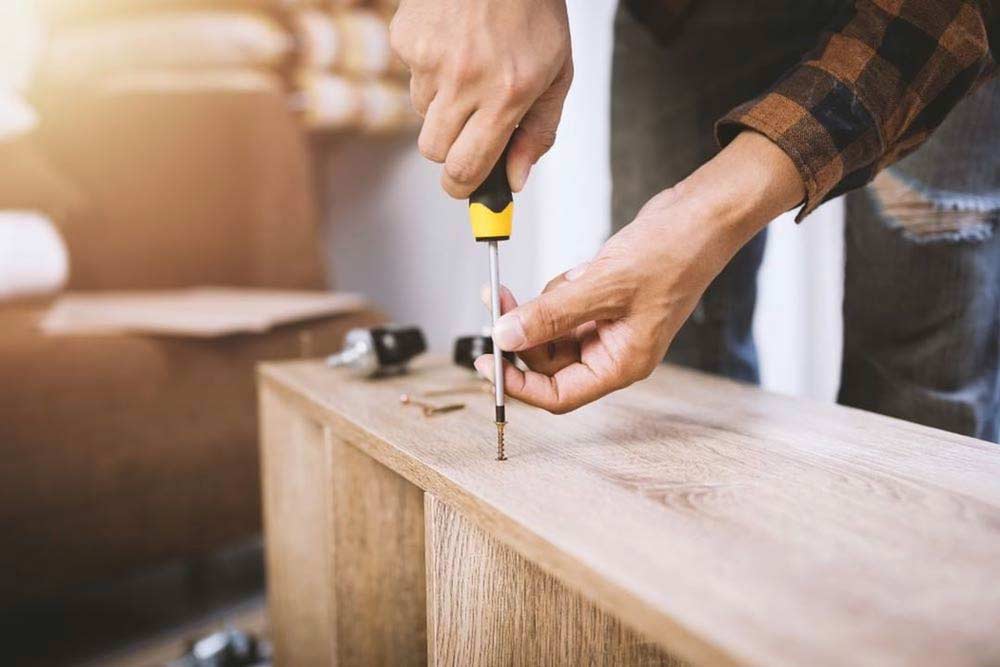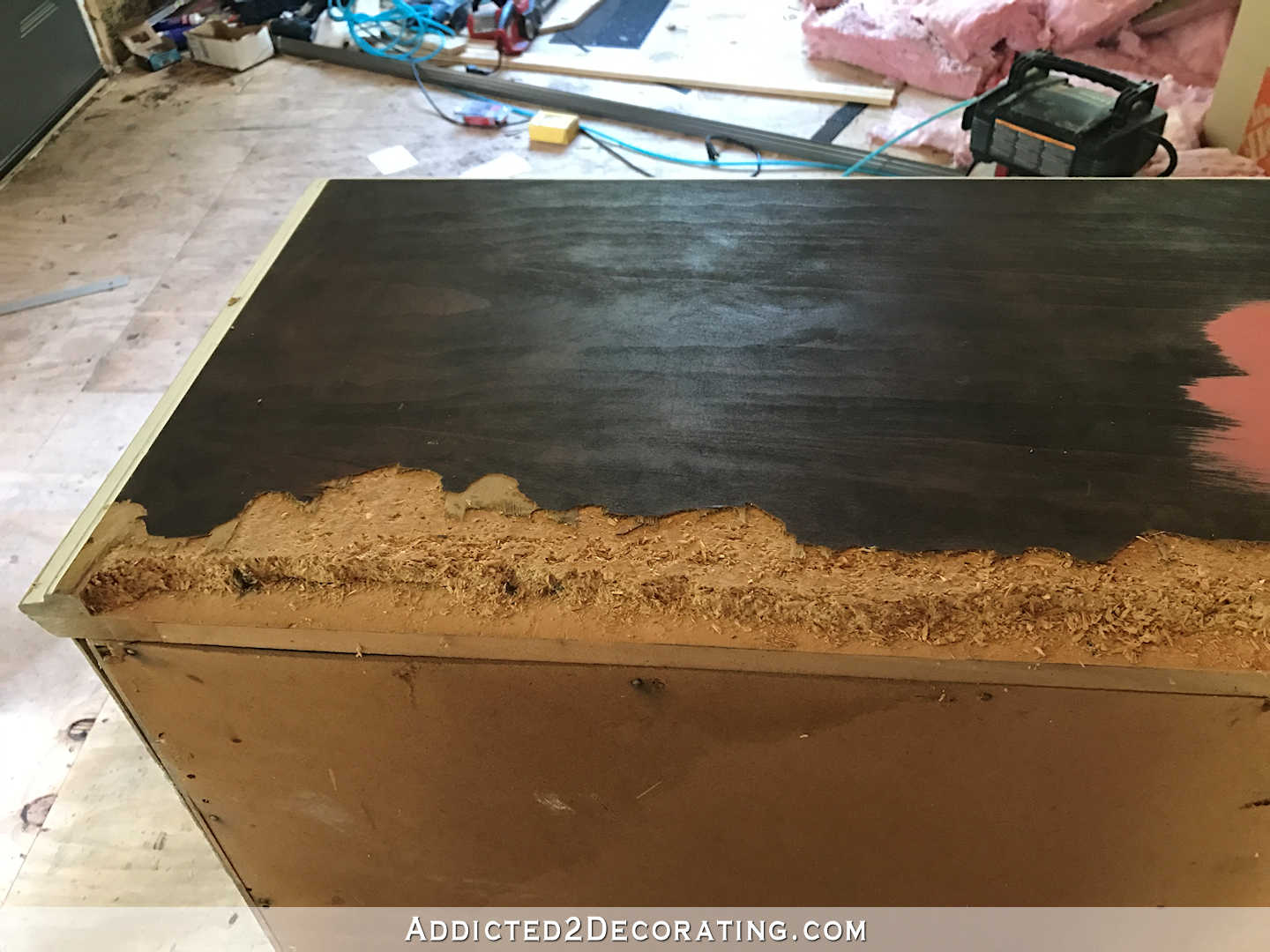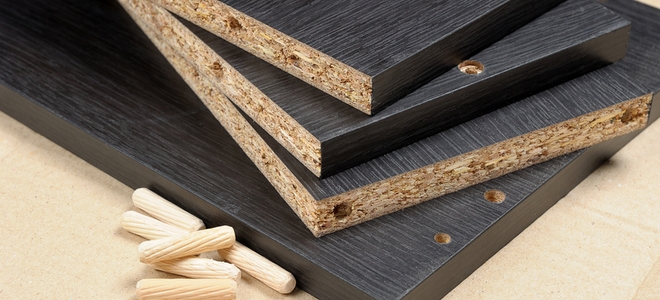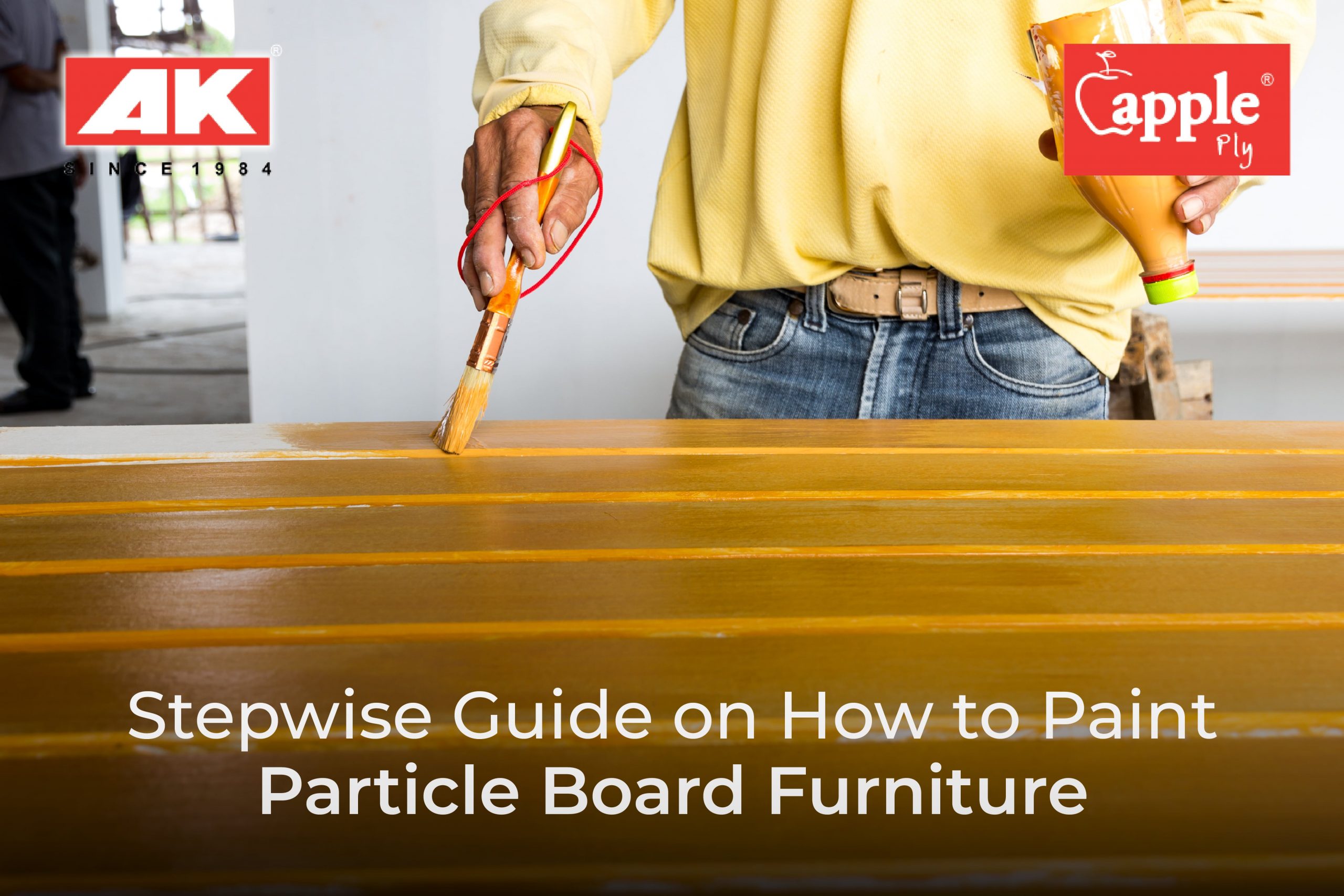When it comes to particle board furniture, many homeowners face the dilemma of whether to repair or replace their beloved pieces. Particle board, also known as engineered wood, is a popular choice due to its affordability and versatility. However, it is also prone to damage and wear over time. If you're facing this decision, read on to find out if particle board furniture repair is worth it.Particle board furniture repair: Is it worth it?
The first thing to consider when it comes to particle board furniture repair is the extent of the damage. Minor scratches and dents can easily be fixed with simple DIY methods. However, if the damage is more severe, such as water damage or deep gouges, it may require professional help. It's also important to know the type of particle board used in your furniture. There are two types: low-density and high-density. Low-density particle board is more prone to damage and may not be worth repairing in the long run. On the other hand, high-density particle board is more durable and can withstand repairs better.Particle board furniture repair: What you need to know
If you've decided to repair your particle board furniture, here are some tips and tricks to help you along the way: 1. Fill in cracks and holes: Use a wood filler to fill in any cracks and holes in the particle board. Make sure to choose a filler that is specifically made for particle board to ensure proper adhesion. 2. Sand and smooth: After the filler has dried, sand the surface until it is smooth and even. This will create a seamless finish and prepare the surface for painting or staining. 3. Use wood glue: For loose or separated pieces of particle board, use wood glue to reattach them. Apply the glue evenly and hold the pieces together until the glue dries completely. 4. Cover with veneer: If the damage is extensive, consider covering the surface with a thin layer of veneer. This will not only hide the imperfections, but also add a layer of protection to the particle board.Particle board furniture repair: Tips and tricks
While DIY methods can be cost-effective, they may not always be the best option for particle board furniture repair. If the damage is significant or you're not confident in your DIY skills, it's best to seek professional help. They have the expertise and tools to properly repair and restore your furniture. It's also worth considering the time and effort it takes to repair particle board furniture. DIY methods may take longer and may not yield the same results as a professional repair job. In the long run, it may be more cost-effective to hire a professional.Particle board furniture repair: DIY vs professional
The cost of particle board furniture repair can vary depending on the extent of the damage and the type of repair needed. DIY methods can be relatively cheap, with wood fillers and sandpaper costing around $10-$20. However, if you opt for professional repair, the cost can range from $50-$200, depending on the complexity of the job. Keep in mind that if the damage is extensive, it may be more cost-effective to replace the furniture instead of repairing it.Particle board furniture repair: Cost breakdown
One of the most common issues with particle board furniture is water damage. If the furniture is not properly sealed, water can seep in and cause the particle board to swell and warp. To prevent this, make sure to use coasters and placemats and wipe up any spills immediately. For scratches and dents, simply filling them in with wood filler and sanding can do the trick. For deeper gouges, you may need to replace the damaged section with a new piece of particle board.Particle board furniture repair: Common issues and solutions
Prevention is always better than repair when it comes to particle board furniture. Here are some tips to help prevent damage: 1. Use it properly: Particle board furniture is not as sturdy as solid wood, so it's important to use it as intended. Avoid placing heavy items on top or using it as a stepping stool. 2. Keep it dry: As mentioned earlier, water can cause significant damage to particle board. Keep your furniture away from moisture and humidity to prevent warping and swelling. 3. Protect the surface: Use coasters, placemats, and tablecloths to protect the surface of your particle board furniture from scratches and spills.Particle board furniture repair: How to prevent damage
Before making a decision on whether to repair or replace your particle board furniture, here are some pros and cons to consider: Pros: Repairing your furniture can save you money and prolong its lifespan. It can also be a satisfying DIY project. Cons: If the damage is extensive, it may be more cost-effective to replace the furniture. DIY methods may not always yield the best results and may require additional time and effort.Particle board furniture repair: Pros and cons
If you decide that repairing your particle board furniture is not worth it, there are alternative options to consider: 1. Replace with solid wood: Instead of repairing your particle board furniture, you can replace it with a sturdier and more durable solid wood piece. 2. Upcycle: Get creative and turn your damaged particle board furniture into something new and unique. There are plenty of DIY ideas and tutorials online to give your furniture a new lease on life.Particle board furniture repair: Alternatives to consider
In the end, the decision to repair or replace your particle board furniture will depend on several factors, such as the extent of the damage, your budget, and your personal preference. If the damage is minor and you're confident in your DIY skills, repairing your furniture can be a cost-effective and rewarding option. However, if the damage is significant, it may be best to replace the furniture or seek professional help. Remember to take proper care of your particle board furniture to prevent damage in the future. With proper maintenance, your furniture can last for years to come.Particle board furniture repair: Final thoughts and recommendations
Particle Board Bedroom Furniture: Is It Worth Repairing?

The Pros and Cons of Particle Board Furniture
 Particle board furniture has become a popular choice for many homeowners due to its affordability and availability. It is made from compressed wood particles and is often used for less expensive furniture pieces such as dressers, wardrobes, and nightstands. However, with its low cost also comes a lower quality and durability. Particle board is known to be more susceptible to damage and wear compared to solid wood furniture. So, when it comes to repairing particle board bedroom furniture, is it really worth it?
Pros:
One of the main advantages of particle board furniture is its affordability. It is a budget-friendly option for those looking to furnish their bedroom without breaking the bank. Additionally, particle board is lightweight and easy to move around, making it a convenient option for those who frequently rearrange their furniture.
Cons:
The biggest disadvantage of particle board furniture is its lack of durability. It is more prone to damage from moisture, heat, and regular wear and tear. Unlike solid wood furniture, particle board cannot be sanded or refinished to fix scratches or dents. This means that once it is damaged, it is difficult to repair and may require replacement.
Particle board furniture has become a popular choice for many homeowners due to its affordability and availability. It is made from compressed wood particles and is often used for less expensive furniture pieces such as dressers, wardrobes, and nightstands. However, with its low cost also comes a lower quality and durability. Particle board is known to be more susceptible to damage and wear compared to solid wood furniture. So, when it comes to repairing particle board bedroom furniture, is it really worth it?
Pros:
One of the main advantages of particle board furniture is its affordability. It is a budget-friendly option for those looking to furnish their bedroom without breaking the bank. Additionally, particle board is lightweight and easy to move around, making it a convenient option for those who frequently rearrange their furniture.
Cons:
The biggest disadvantage of particle board furniture is its lack of durability. It is more prone to damage from moisture, heat, and regular wear and tear. Unlike solid wood furniture, particle board cannot be sanded or refinished to fix scratches or dents. This means that once it is damaged, it is difficult to repair and may require replacement.
When to Repair Particle Board Bedroom Furniture
 If you have invested in particle board bedroom furniture and are wondering whether it is worth repairing, there are a few factors to consider. Firstly, the extent of the damage should be taken into account. If the damage is minor, such as a scratch or small chip, it may be worth repairing. However, if the damage is extensive and affects the structural integrity of the piece, it may be more cost-effective to replace it.
Another factor to consider is the age and overall condition of the furniture. If the piece is relatively new and in good condition, repairing it may be a better option. But if the furniture is already showing signs of wear and tear and is reaching the end of its lifespan, it may be better to invest in a higher-quality replacement.
If you have invested in particle board bedroom furniture and are wondering whether it is worth repairing, there are a few factors to consider. Firstly, the extent of the damage should be taken into account. If the damage is minor, such as a scratch or small chip, it may be worth repairing. However, if the damage is extensive and affects the structural integrity of the piece, it may be more cost-effective to replace it.
Another factor to consider is the age and overall condition of the furniture. If the piece is relatively new and in good condition, repairing it may be a better option. But if the furniture is already showing signs of wear and tear and is reaching the end of its lifespan, it may be better to invest in a higher-quality replacement.
The Importance of Proper Maintenance
 Whether you choose to repair or replace your particle board bedroom furniture, proper maintenance is key to prolonging its lifespan. Regularly dusting and cleaning the furniture can help prevent damage from dust and moisture. Additionally, avoiding placing heavy or hot objects on the furniture can help prevent warping and cracking.
In conclusion, repairing particle board bedroom furniture can be a cost-effective option if the damage is minor and the piece is relatively new. However, for more extensive damage or older furniture, it may be better to invest in higher-quality, more durable pieces. With proper maintenance and care, particle board furniture can last for several years, making it a viable option for those on a budget.
Whether you choose to repair or replace your particle board bedroom furniture, proper maintenance is key to prolonging its lifespan. Regularly dusting and cleaning the furniture can help prevent damage from dust and moisture. Additionally, avoiding placing heavy or hot objects on the furniture can help prevent warping and cracking.
In conclusion, repairing particle board bedroom furniture can be a cost-effective option if the damage is minor and the piece is relatively new. However, for more extensive damage or older furniture, it may be better to invest in higher-quality, more durable pieces. With proper maintenance and care, particle board furniture can last for several years, making it a viable option for those on a budget.


























:max_bytes(150000):strip_icc()/CabinetMakerConstructingCabinets-170616039-56aa60543df78cf772b11b3e.jpg)






















